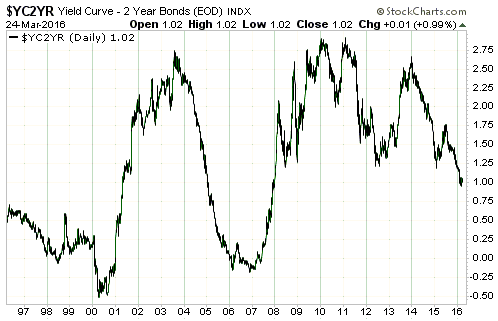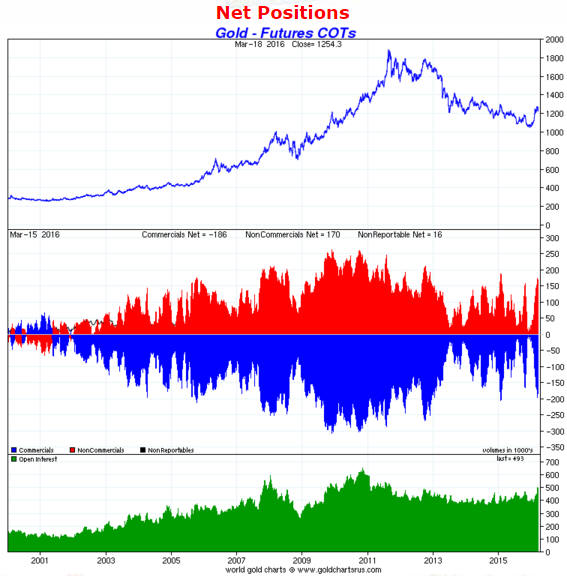A post at ZeroHedge (ZH) on 8th April discusses an 11th April Fed meeting as if it were an important and unusual event. According to the ZH post:
“With everyone’s focus sharply attuned on anything to do with the Fed’s rate hike policy, many will probably wonder why yesterday the Fed announced that this coming Monday, April 11, the Fed will hold a closed meeting “under expedited procedures” during which the Board of Governors will review and determine advance and discount rates charged by the Fed banks.
As a reminder, the last time the Fed held such a meeting was on November 21, less than a month before it launched its first rate hike in years.”
As explained at the TSI Blog last November in response to a similar ZH post, these “expedited, closed” Fed meetings happen with monotonous regularity. For example, there were 5 in March, 4 in February and 5 in January. Furthermore, ZH’s statement that 21 November was the last time the Fed held such a meeting to “review and determine advance and discount rates charged by the Fed banks” is an outright falsehood. The fact is that a meeting for this purpose happens at least once per month. For example, there were 2 such meetings in March and 1 in February.
Is it possible that the misinformation in the above-linked ZH post was an honest mistake? Yes, it’s possible, but it isn’t likely.
 Print This Post
Print This Post


